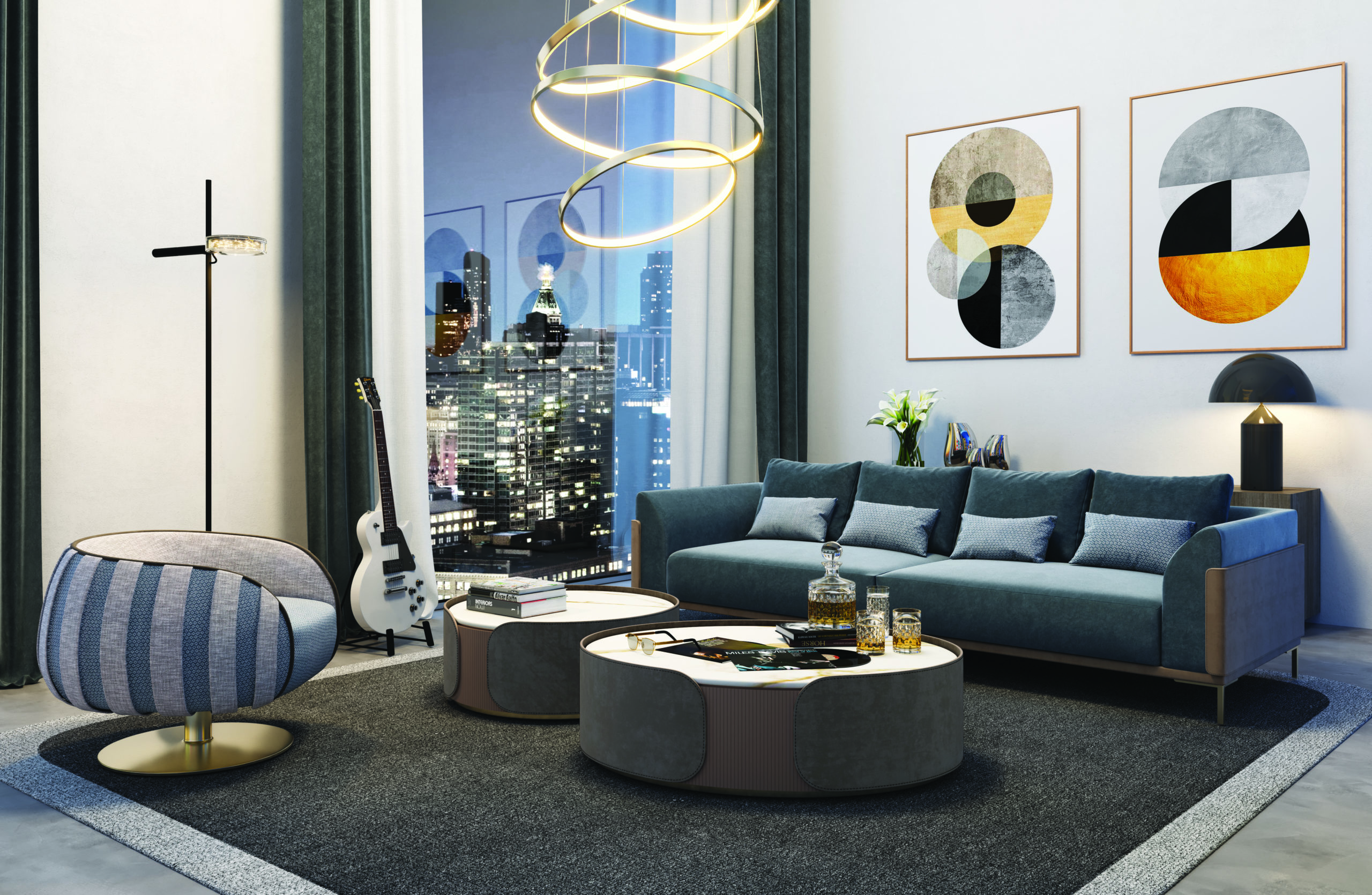Introduction
When it comes to home décor, the ceiling is often an overlooked element. However, a well-designed ceiling can add a touch of sophistication and elegance to any room. One color that has been gaining popularity in recent years for ceiling design is taupe.
In this article, we will explore the beauty and versatility of taupe ceilings. From its origins and history to its modern-day applications, we will delve deep into the world of this stylish and timeless color.
The History and Origin of Taupe
Taupe is a color that has been around for centuries, with its origins in the French language. The word “taupe” means “mole” in French, which is fitting for the color as it is a shade that is often associated with natural elements like Earth, stone, and fur.
Taupe itself is a neutral color that sits between brown and grey, making it a versatile choice for both warm and cool color palettes. Its understated elegance makes it a popular color choice for high-end fashion, interior design, and even automotive design.
The Versatility of Taupe Ceilings
One of the great things about taupe ceilings is their versatility. They can be used in almost any room, from a formal dining room to a cozy bedroom.
In a formal dining room, a taupe ceiling creates a soft, warm glow that is both inviting and sophisticated. Pair it with a chandelier or other elegant lighting fixture to complete the look.
In a bedroom, a taupe ceiling can provide a relaxing and calming environment. It can also be paired with accent colors like blues or greens to create a serene and tranquil space.
Taupe ceilings also work well in a more modern or minimalist space. Their clean and simple look can add a touch of sophistication to a space without overwhelming it.
How to Incorporate Taupe Ceilings into Your Home Design
If you’re thinking of incorporating a taupe ceiling into your home design, there are a few things to keep in mind.
First, consider the overall color scheme of the room. Taupe pairs well with almost any other color, but you want to make sure the colors in the room complement each other.
Next, think about the texture and finish of the ceiling. A matte finish will create a more understated look, while a glossy finish will add a bit more drama and shine.
Finally, consider the lighting in the room. A taupe ceiling will look different under different lighting conditions, so be sure to test how it looks at different times of day.

